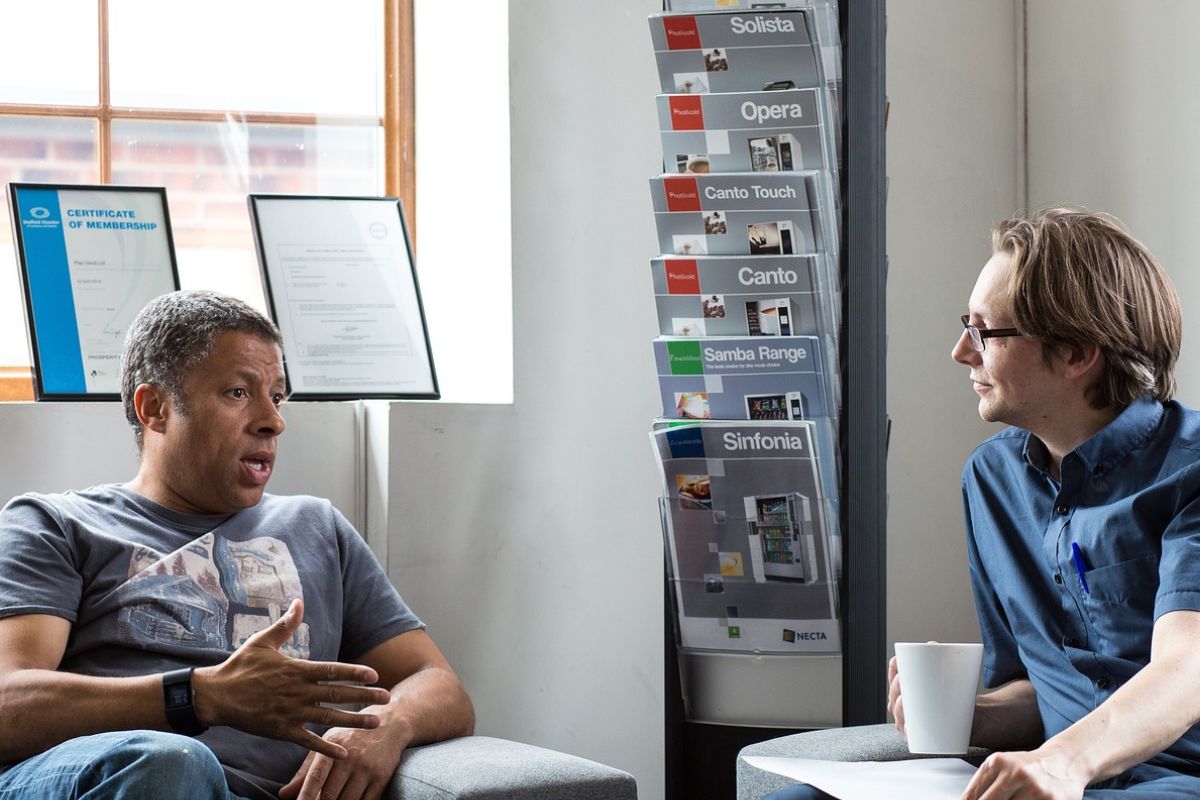Leaders face competing demands, never-ending change and constant pressure, so they must make deliberate choices about how and where they allocate their time.
Consider for a moment, if you were to assess how you spend your working day, how much is spent with your team members versus colleagues, peers or clients? And when you are with your team, are you focusing on the ‘how’ or the ‘what’?
The ‘how’ is about working together and bringing out their best. The ‘what’ is the work or tasks that must be completed. Leaders frequently spend less time with their team than with others, and when they do allocate time, the focus is on the task. Consequently, the interactions can feel transactional and do not create the space for deep connection.

Balance the focus
Global polls by the Gallup group found that 82 percent of employees see their leaders as uninspiring; only 15 percent of employees are engaged at work; and only one in three employees strongly agree that they trust their organization’s leadership.
Frequently, when people leave jobs, it’s not because they don’t enjoy the work, but because they don’t like their manager’s style. Effective leaders show a genuine interest in their team members and in supporting their growth and career development.
Build the foundation
As part of this, they focus on establishing a psychologically safe environment where people are comfortable sharing what is working or not working for them and how they feel.
It helps if you, as the leader, role model self-care behaviors and create a safe space for your team to talk about their feelings. For example, be open with your team about your pressure points and what you do to manage stress and maintain a healthy lifestyle.
Start noticing
As we approach World Mental Health Day, now is a good opportunity to consider how your team members are doing. Leaders need to balance the pressure in their working day and be ready to spot the warning signs for their team members and support them.
These signs may include feeling ineffective and more cynical; having reduced energy, motivation and efficiency; and being more frustrated and irritable. When burnout hits, people often turn to unhealthy crutches such as drinking, eating poorly and relying on substances and other harmful mechanisms to get them through the day.
You will want to notice if your team members are working excessively hard or doing lots of overtime, yet their productivity is waning. Noticing is only possible when you spend genuine and quality time with your team.

Listen deeply
Create opportunities for open dialogue. Have a program of regular check-ins at a group and individual level. When talking with team members, remember that you may be unable to fix the issue or agree with their perspective. Simply making them feel seen and heard can have a valuable impact. By doing that, you demonstrate to them that they matter.
Many times, just by hearing what they say, listening with compassion and showing a genuine interest in what’s concerning them, you’ll have given them exactly what they need.
Create connection
Relationships and connections are at the root of all human existence. When you have strong relationships at work, it provides a support network for you to talk through challenges and get advice.
As the team’s leader, building supportive and trusting relationships with all team members is crucial. People want to feel like they belong to something, and this is hard if they think they are out of the loop and disconnected from you or their colleagues.
Find out what brings out the best in each person and how the team wants to connect and engage with each other. Ask each team member what they need from you to enable them to be their best each day at work.
Creating a thriving workplace isn’t about doing just one thing. It requires awareness, patience and persistence so that activities and support are consciously and consistently applied. Central to this is spending time with your team in a way that matters.
Michelle Gibbings is a workplace expert and the award-winning author of three books. Her latest book is Bad Boss: What to Do if You Work for One, Manage One or Are One. For more information visit www.michellegibbings.com.







